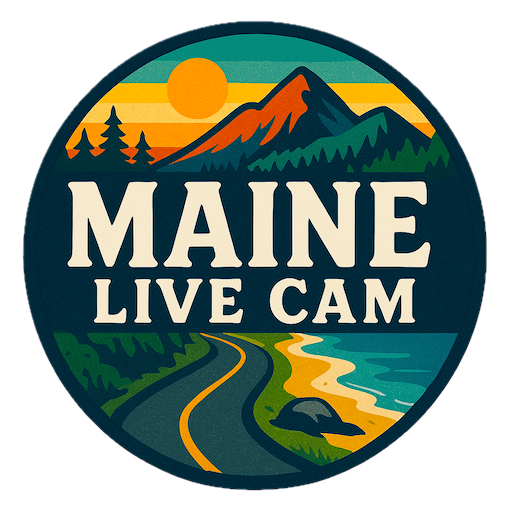Sebago Lake, Maine Weather Cams
Frye Island Cam 1
Frye Island Cam 2
Frye Island Cam 1
Frye Island Mainland Cam 1
Frye Island Mainland Cam 2
SebagoCam.com Cam

The Rich History of Sebago Lake and Frye Island: Maine’s Hidden Gem
Sebago Lake, Maine Weather Cams. Sebago Lake, the second-largest lake in Maine, has long been a vital resource for the region, providing drinking water, recreation, and economic opportunities. Frye Island, located within the lake, has its own unique history, evolving from a colonial land grant to a seasonal resort town.
Indigenous Presence and Early European Settlement
Before European settlers arrived, the land surrounding Sebago Lake was home to the Wabanaki people, who relied on the lake’s abundant fish and wildlife for sustenance. The lake’s name is derived from the Abenaki word “Sebago,” meaning “big water.” Indigenous communities used the lake for transportation, fishing, and trade.
European settlers began arriving in the 17th and 18th centuries, establishing small farming and fishing communities. In 1750, the Massachusetts General Court granted land in the area to Captain Moses Pearson and Captain Humphrey Hobbs for their service during the French and Indian Wars. This grant included what would later become Frye Island.
The Formation of Frye Island
Frye Island was named after Captain Joseph Frye, a colonial soldier. The island remained largely undeveloped for many years, used primarily for farming and logging. Over time, it became a popular retreat for summer visitors, drawn to its scenic beauty and recreational opportunities.
A local legend tells of Captain Frye escaping from a group of Native Americans by leaping from a rock formation now known as Frye’s Leap. This spot became a popular attraction, though safety concerns led to restrictions on cliff jumping.
Development and Incorporation
By the mid-20th century, Frye Island had transformed into a seasonal resort community. Roads, cottages, and recreational facilities were developed, attracting vacationers from across New England. The island remained part of the town of Standish until July 1, 1998, when it officially seceded to become its own town.
Today, Frye Island is accessible via a ferry from Raymond Neck or by private boat. The island is vacant from November through April, as the ferry does not operate during the winter due to ice blocking its route.
Sebago Lake’s Role in Maine’s Economy and Environment
Sebago Lake has played a crucial role in Maine’s economy, supporting industries such as fishing, tourism, and water supply. The lake provides drinking water for the Portland area, with strict conservation measures in place to maintain water quality.
The lake is also a popular destination for boating, fishing, and swimming. Its deep, clear waters support a variety of fish species, including landlocked salmon and lake trout. Conservation efforts have focused on protecting the lake’s ecosystem while allowing for recreational use.
Conclusion
Sebago Lake and Frye Island have a rich history shaped by Indigenous heritage, colonial settlement, and modern development. Today, they remain cherished destinations for residents and visitors alike, offering natural beauty, outdoor recreation, and a glimpse into Maine’s past.
For more information, visit the Sebago Lake, Maine official website.
